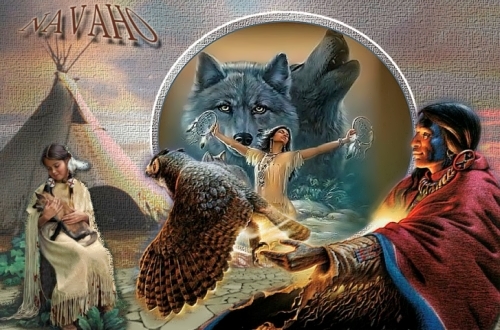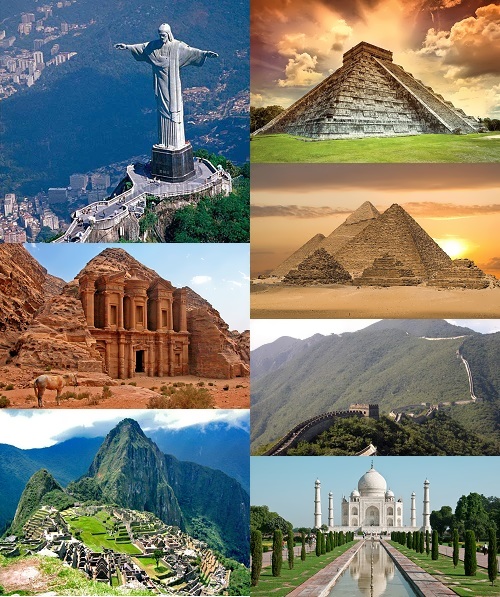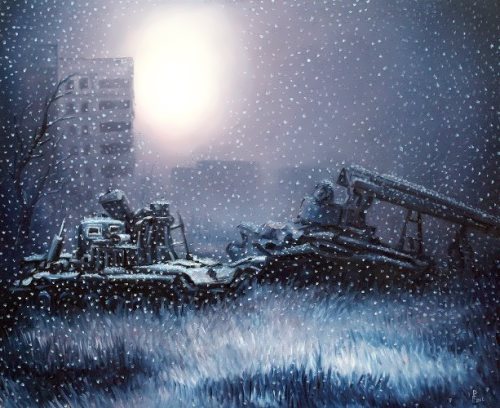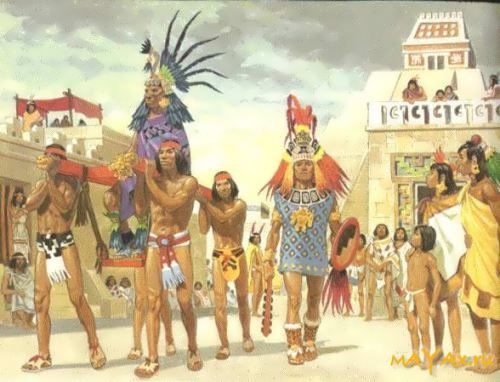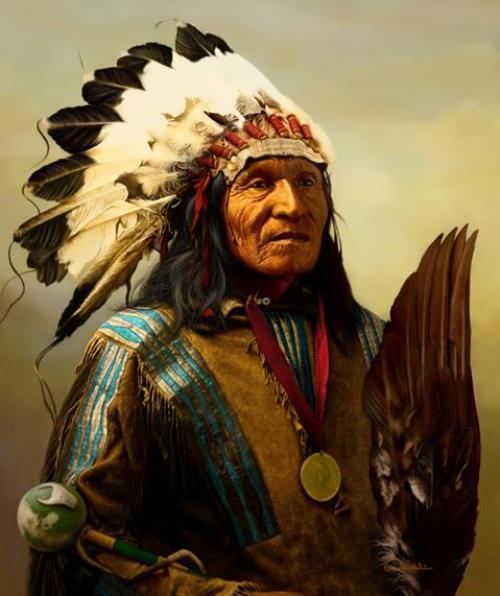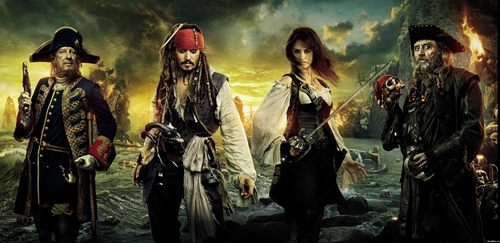Navajo – Native American people
The Navajo are a Native American people of the southwestern United States. They are the second largest Native American tribe after the Cherokee. They originally lived in what is now western and central Canada.
The Navajo hunted animals and farmed. They lived in houses made from wood covered with earth. They called hogans. Hogans are still built and used for religious and cultural purposes.
They could weave very well. Their rugs and blankets are well known. Navajo artists are also famous for their silver jewellery.
In the late 1500s Spanish explorers arrived in Navajo lands. They brought horses, sheep, and cattle.
More »
